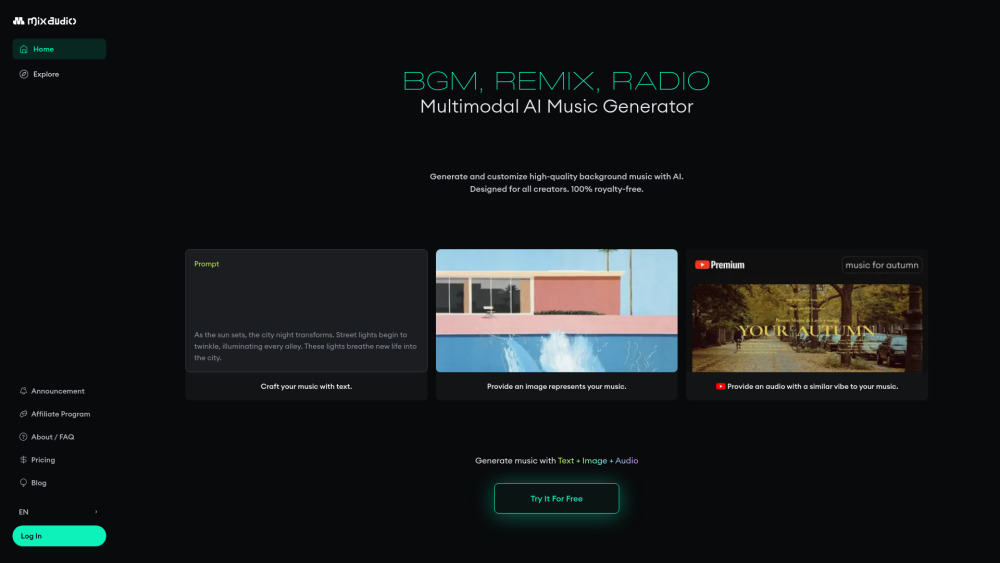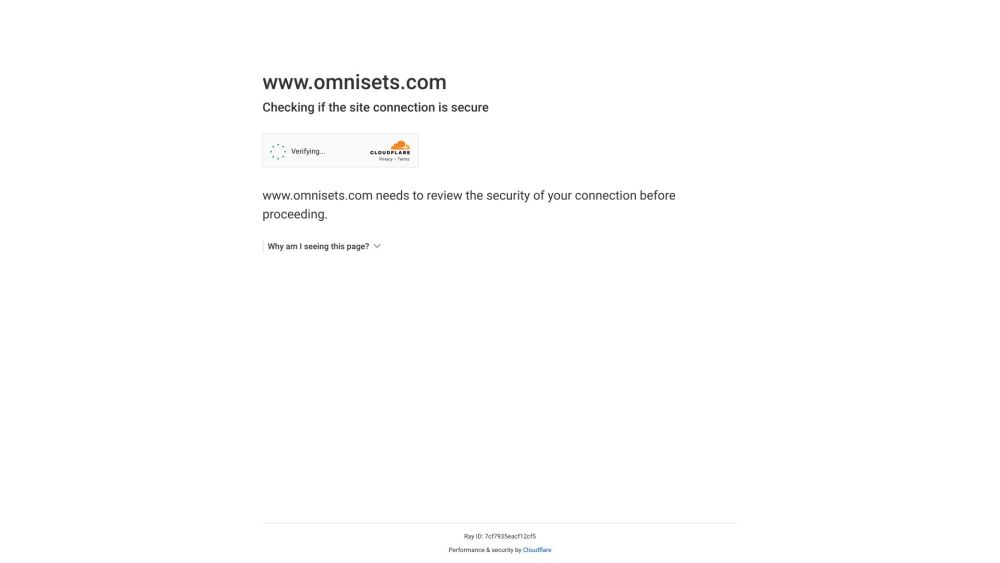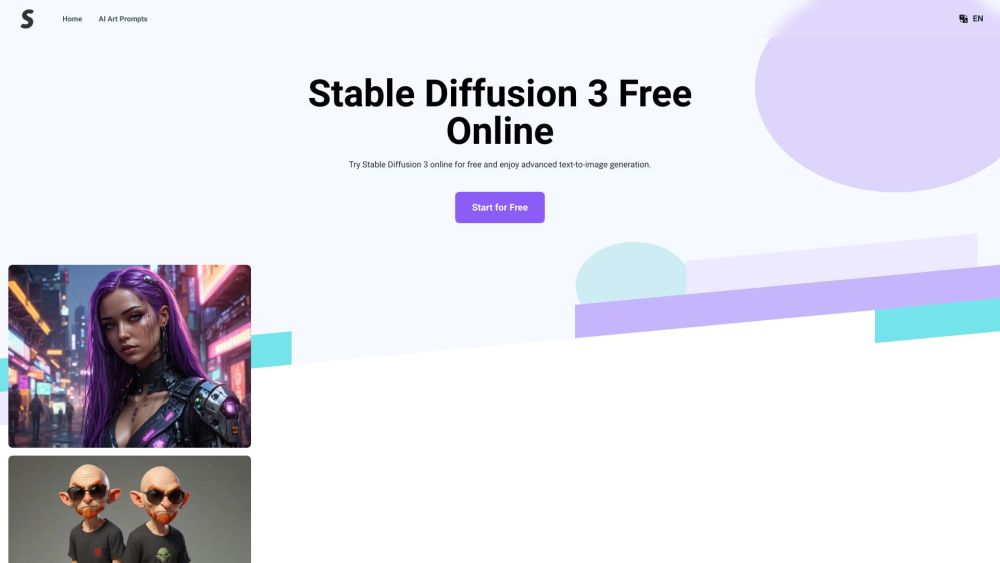Kimi's Groundbreaking AI Model: Will It Continue to Lead Industry Trends?
Most people like

Immerse yourself in the exciting world of music creation with our cutting-edge Multimodal AI Music Generator. In just 2 seconds, you can generate 4 unique tracks that cater to all creators, from budding musicians to seasoned professionals. Unlock your creative potential and elevate your projects with innovative AI-driven music tailored to your vision!

Introducing a free platform designed to help students study more effectively using AI-driven techniques. Unlock your academic potential and enhance your learning experience today!

In recent years, the emergence of advanced text-to-image models has revolutionized the field of artificial intelligence and creative content generation. These sophisticated systems leverage deep learning techniques to transform textual descriptions into stunning visual representations. By understanding the nuances of language and context, these models empower artists, marketers, and creators to dynamically bring their ideas to life. In this article, we delve into the mechanics, applications, and future potential of text-to-image technology, showcasing its impact on various industries and creative practices.
Find AI tools in YBX


